Imagine a digital universe where Artificial Intelligence (AI) created by people works for the people and of the people. You know I’m alluding to AI democratization. The narrative for it has gained currency. However, AI democratization is still a Work in Progress. But when AI democratization evolves and matures, it will be epochal. Revolutionary too. Democratized AI has the potential to empower people and enterprises worldwide. It will give unprecedented access to powerful tools that can solve intractable problems and create new opportunities spanning sectors. AI democratization is an ambience where this cutting-edge technology will have wider, day-to-day, people-centric applications and will be accessible by the non-technical talent pool.
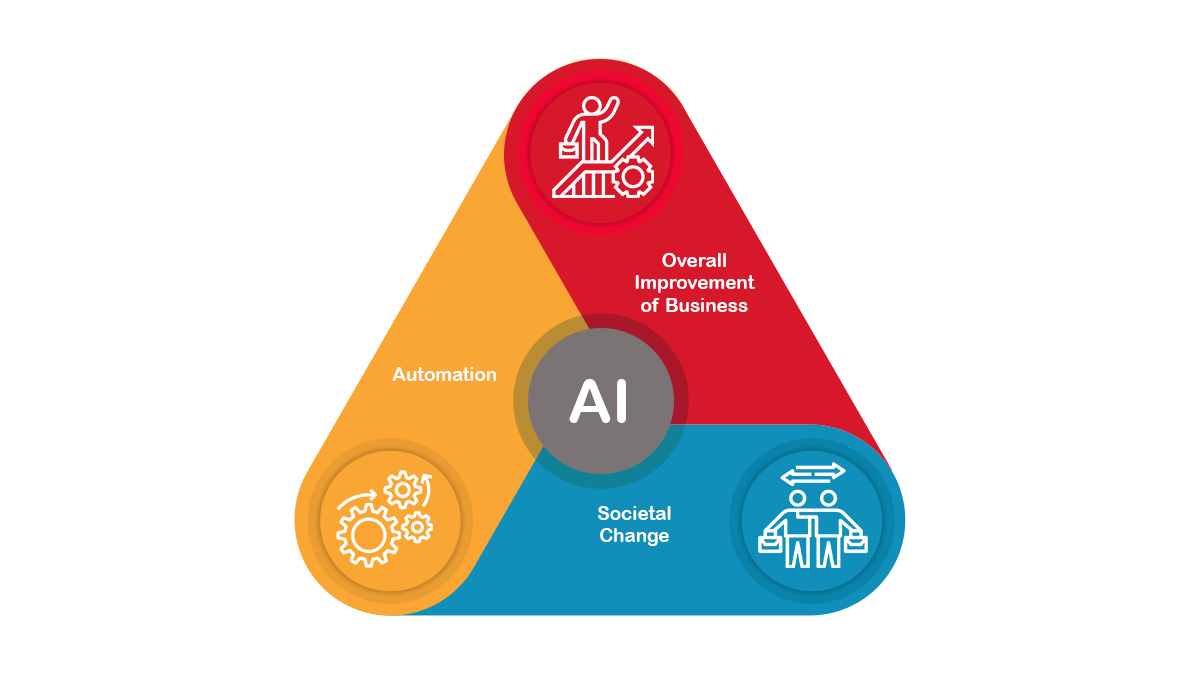
En route to AI democratization
Making AI accessible and available to all without glitches and gates is a much bigger challenge than IT integration. Nonetheless, it is doable. To begin, researchers and enterprises should develop AI tools and platforms that are easy to use and understand for all users, regardless of their technical background or expertise. They can also think of establishing open-source initiatives to make AI technology more accessible and affordable for everyone. The next focus can be on upskilling. Today, AI and its auxiliary technologies are limited to niche institutes where the count of faculty and students is finite. Making available educational resources in AI, Machine Learning (ML), Natural Language Processing (NLP), deep learning etc will contribute significantly to AI inclusion. For example, H2O.ai is spearheading the movement to democratize AI for everyone.
Having a transparent regulatory framework is an enabler too – it ensures the ethical development of AI systems without undermining data privacy and quality. We can also achieve AI democratization through crowdsourcing. Organizations should promote the use of crowdsourcing techniques such as hackathons and competitions to create innovative AI technologies. Meta, a well-known player in the industry, recently released its AI translation tool as open-source software. This tool works for over 200 languages, showing that even with their financial security they saw the benefit of collaboration over going it alone. Likewise, MeetMonk promoted by Brahma Mishra has also contributed to AI democratization with its Digitally Immersive Classroom Experience (DICE) positioned as a 360-degree education management system. MeetMonk also offers niche services like real-time voice translation and multi-language transcription.
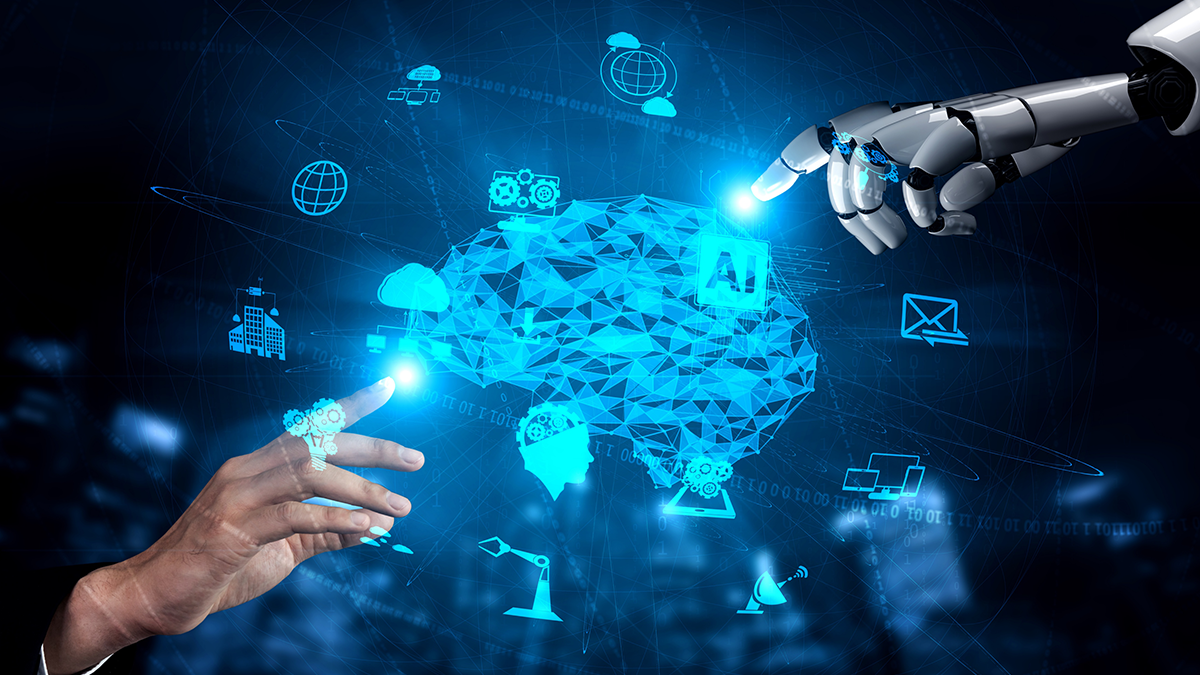 Navigating challenges in AI inclusion
Navigating challenges in AI inclusion
The transition to democratization can be difficult. Data is often siloed and in multiple formats, which makes it hard for AI to get a complete view of the truth. To overcome this challenge, data fabrics and improved governance are essential. Additionally, an open platform must be available so that users can learn how to use the tool effectively and solve their problems efficiently.
AI democratization will create an ecosystem with more people-centric applications. The common people can access AI tools and solve complex problems.More in this blog : https://t.co/wMlKMxeFRB
— Priyadarshi Nanu Pany (@NanuPany) January 23, 2023
@MeetMonk @OpenAI @h2oai @DAIRInstitute #artificalintelligence @Meta #dataprivacy
The Future- Living with Democratized AI
We are envisioning a future where democratized AI would be the norm for interacting with the data universe. By removing the need for IT to be involved in every ad-hoc request, businesses can focus on bigger goals and drive up value from both human and digital resources. This shift will allow decision-making and innovation to become more data-driven, creating an environment that works smarter instead of harder. To realize it, enterprises should concentrate on building a more effective human-AI interface- one that is not just conversational but a system that can function as an augmentation of human work using multiple communications channels. AI democratization also means integrating people with disparate skill sets – this mandates a cultural shift too along with a technological transition. Striking a balance needs data and AI engineering capabilities as well as low-code/no-code (LCNC) tools and apps that help users customize their interactions with the data environment.
An exciting development related to AI democratization is the emergence of open-source platforms such as TensorFlow and PyTorch which have made creating ML models much easier than before. The era of democratized AI is not distant when even common people with limited resources or technical know-how can access AI tools without investing in expensive proprietary software.
This blog was originally published in Priyadarshi Nanu Pany's Medium account, also available on his LinkedIn account.




































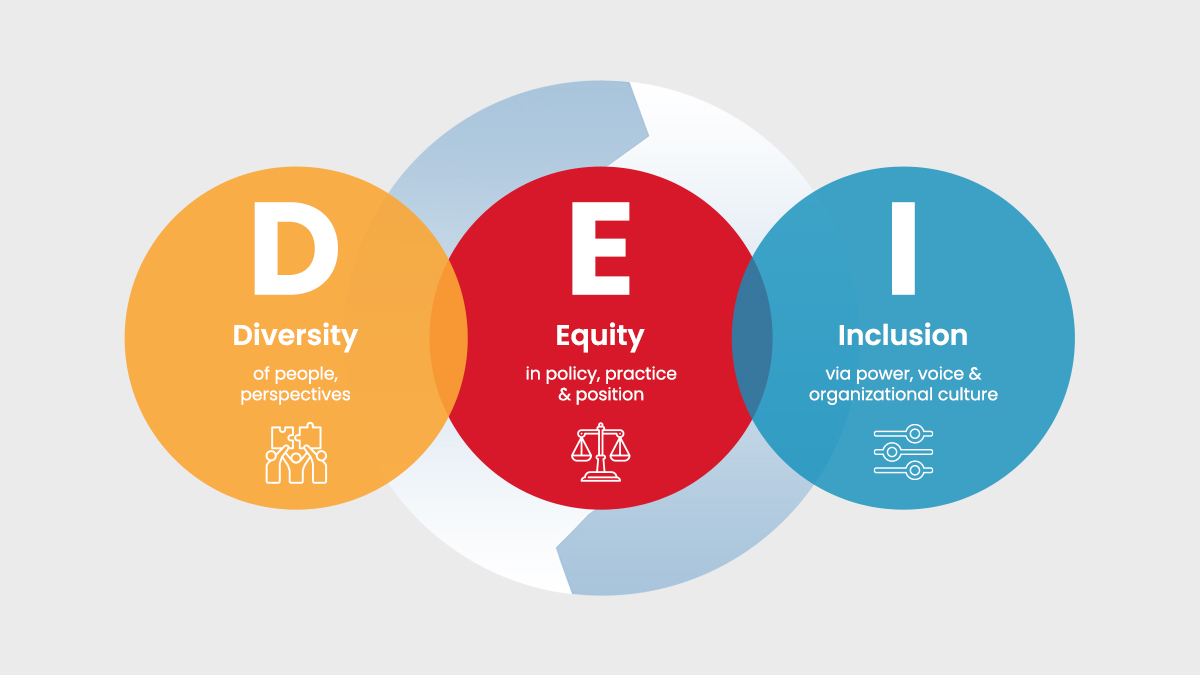
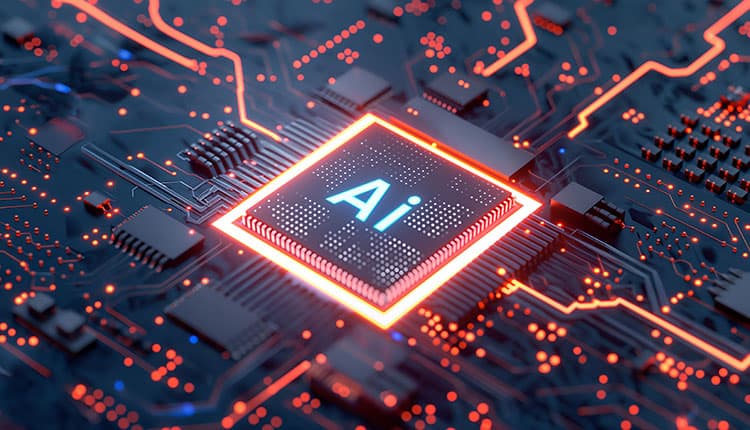

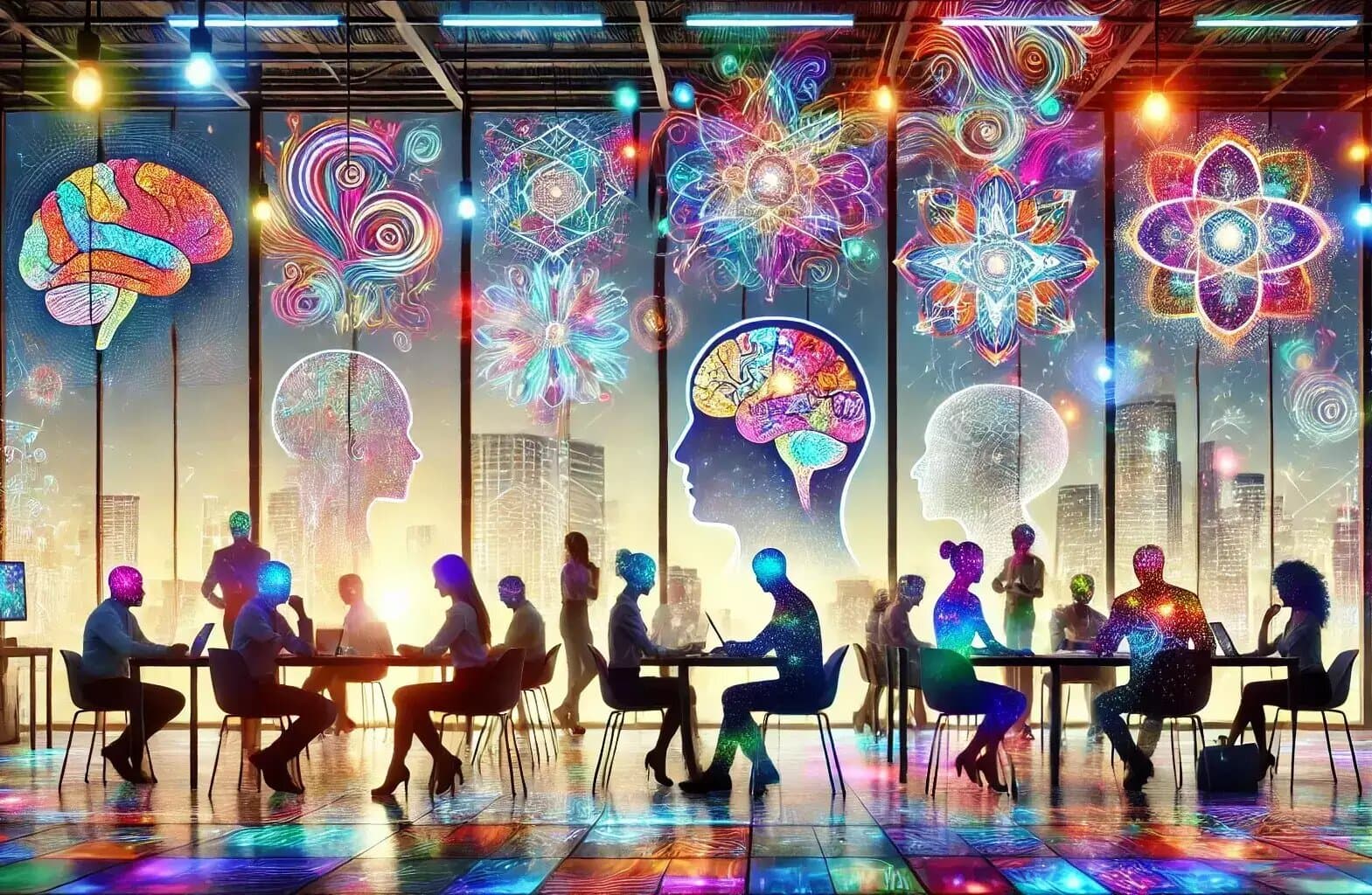
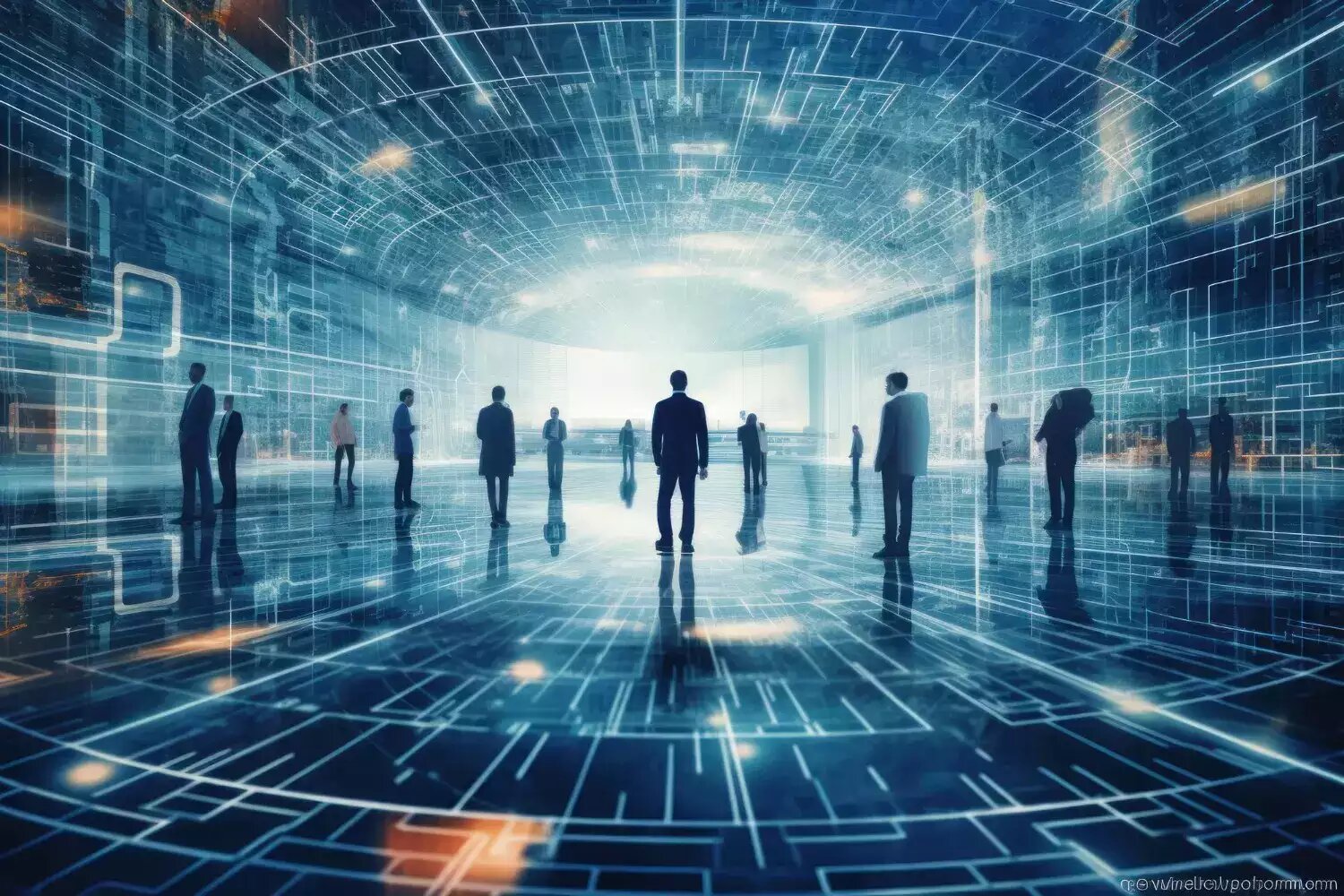
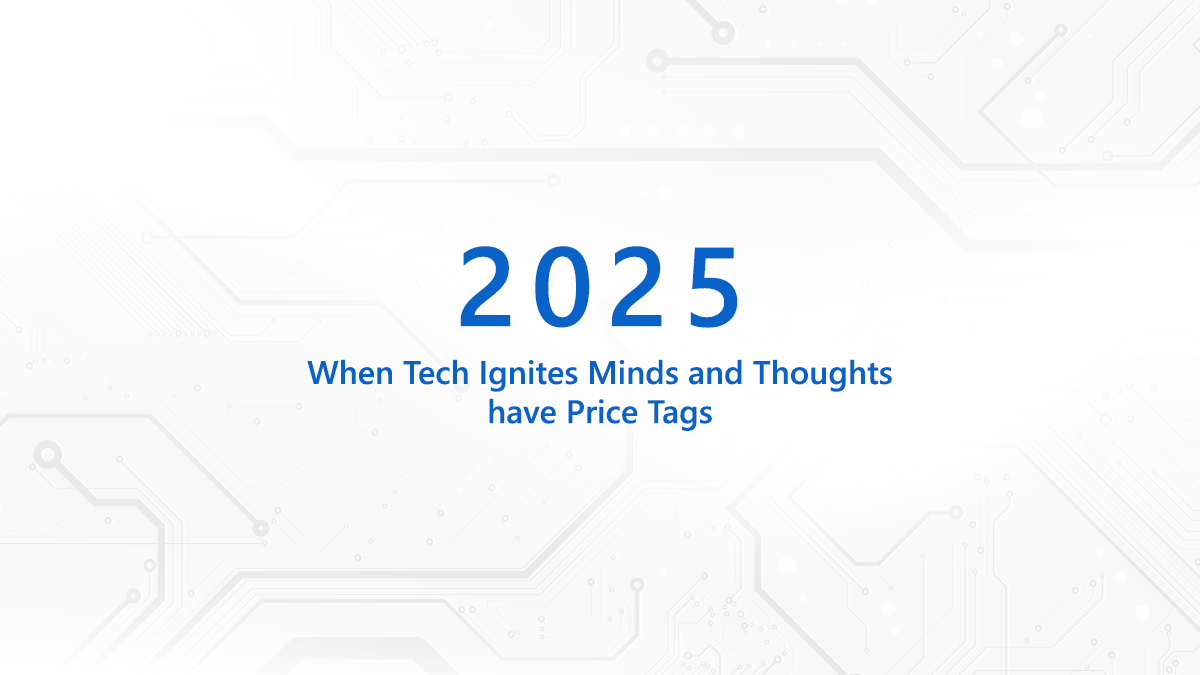
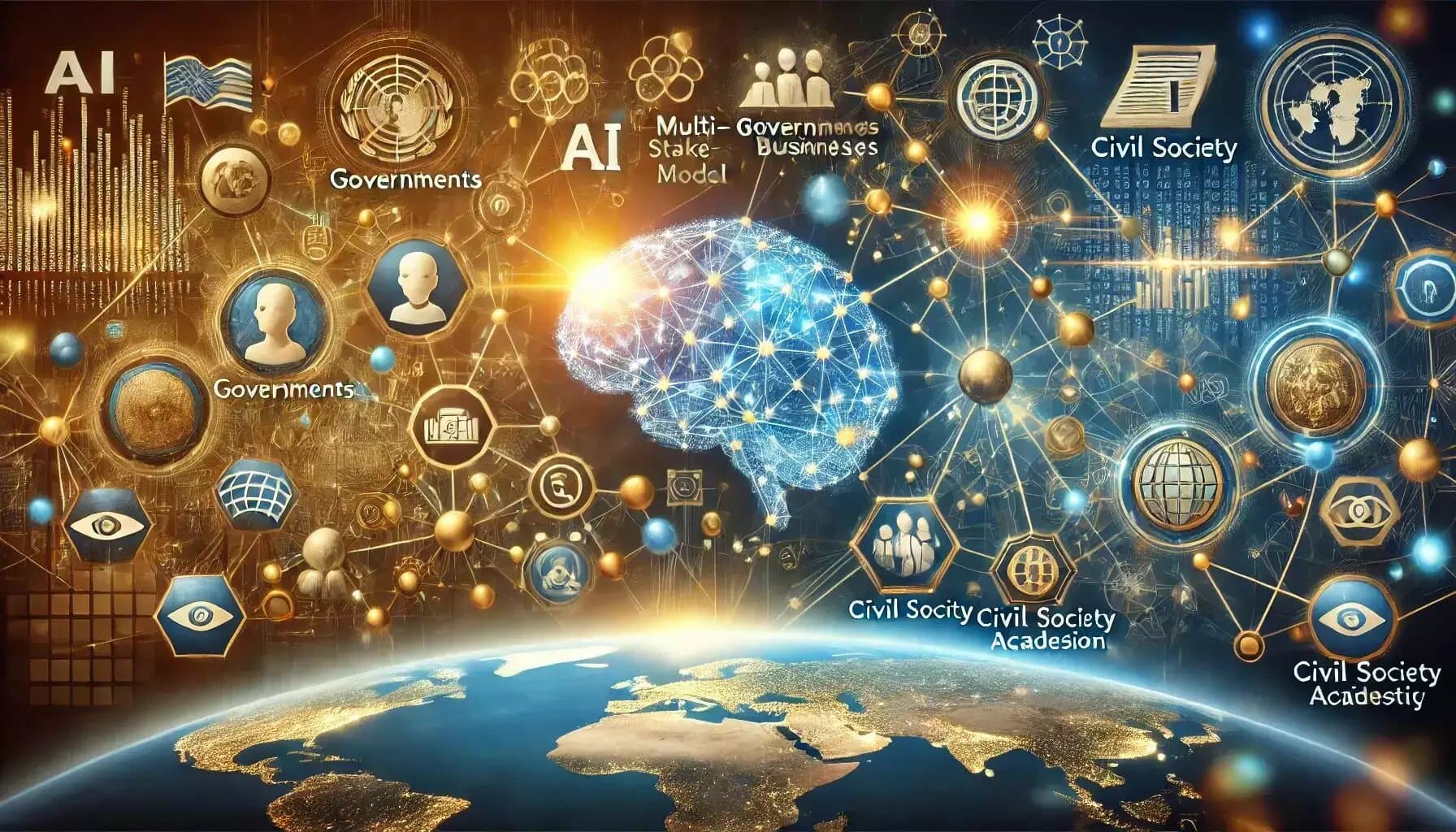

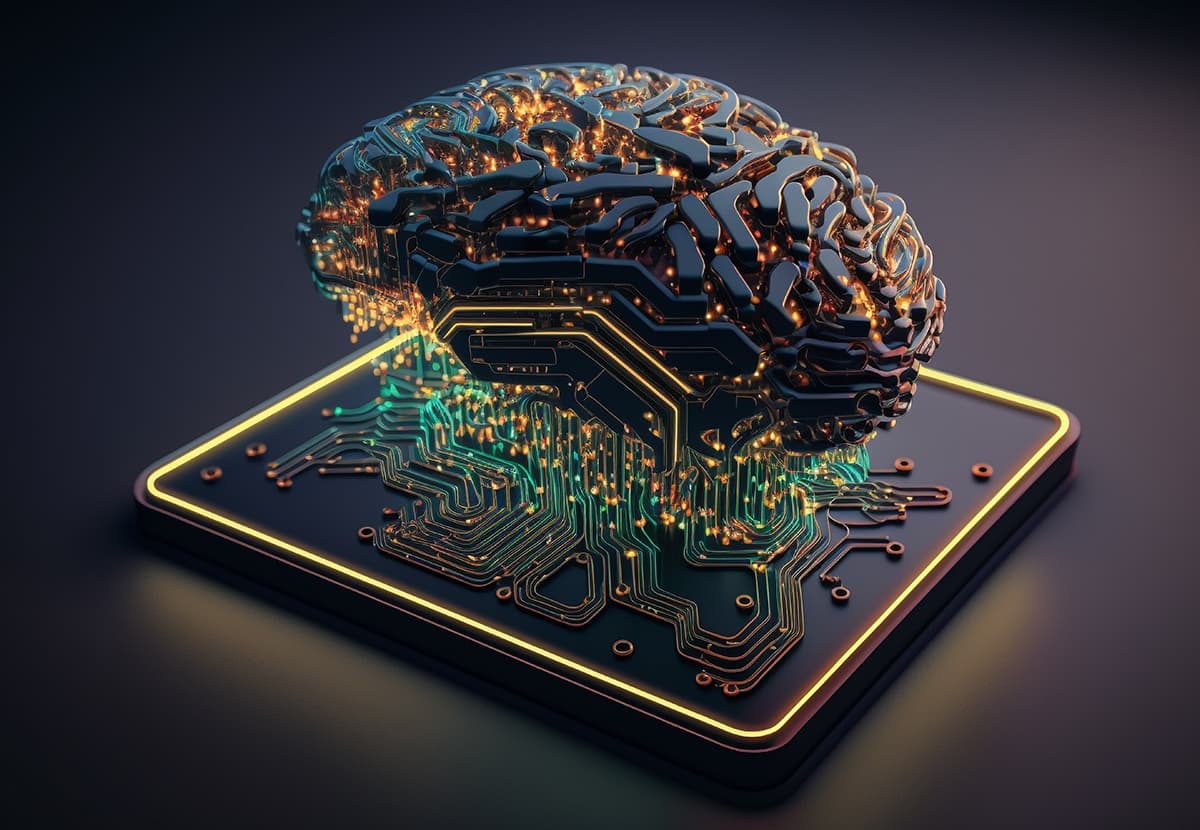













We will verify and publish your comment soon.